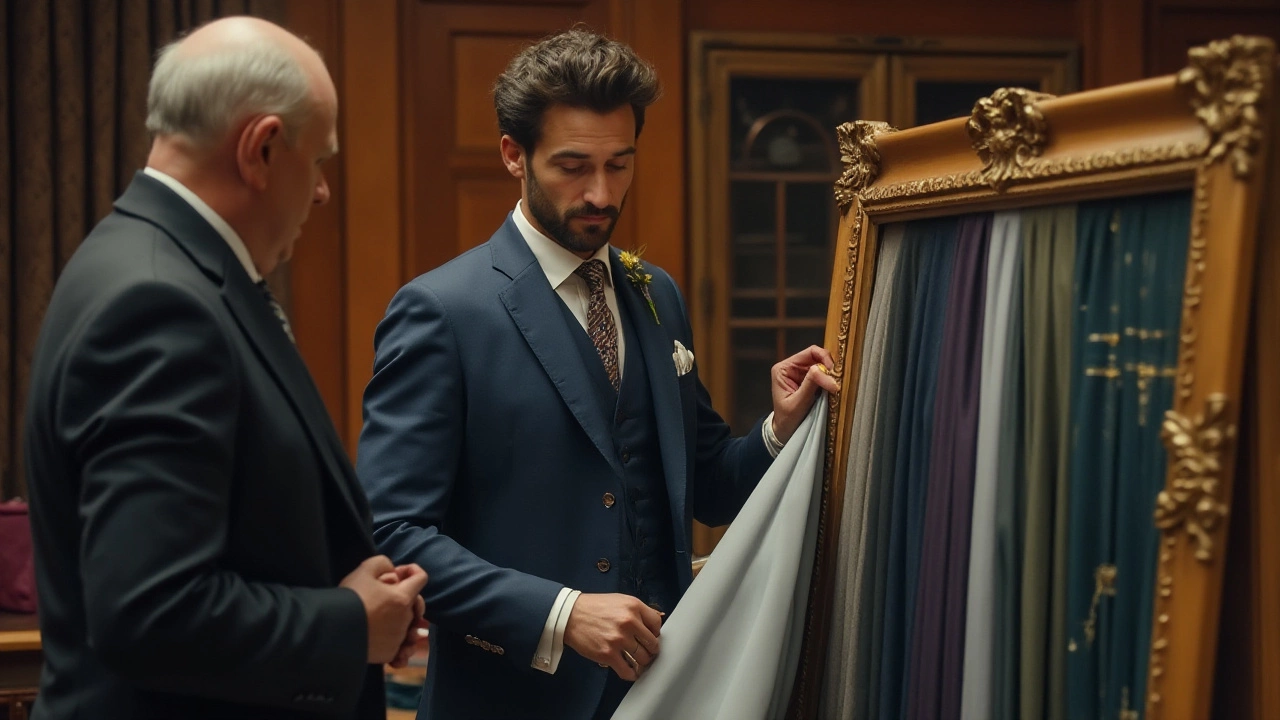Men's Fashion Guide for Grooms: Simple Tips to Look Sharp
Planning a wedding can feel overwhelming, but picking your outfit doesn’t have to be. Start by choosing a suit that fits your body, not just the latest trend. A well‑tailored jacket flatters your shoulders and creates a clean line – that’s the foundation of any good look.
Suit Color and Fabric Choices
Classic black works for evening events, while navy or charcoal fits most daytime weddings. If your venue has a relaxed vibe, consider a light grey or even a subtle tan. Choose a fabric that matches the season: wool for winter, linen or cotton blends for summer. Light fabrics keep you cool and still look polished.
Tie or Bowtie? Quick Decision Guide
Wondering whether to wear a tie or a bowtie? Think about the overall vibe. A silk tie feels traditional and pairs well with a classic tux or suit. A bowtie adds a modern, slightly playful edge, especially with a slim‑cut jacket. If you’re still unsure, bring both to the fitting and see which looks better on you.
Shirt selection is next. A crisp white dress shirt is safe, but a subtle pattern or light pastel can add personality without stealing the show. Make sure the collar fits snugly and the cuffs are long enough for cufflinks if you plan to wear them.
Footwear matters more than you might think. Black leather Oxfords are a safe bet; they match most suits and stay comfortable all night. If you’re wearing a navy or grey suit, dark brown brogues can work nicely. Break in new shoes early – no one wants sore feet during the ceremony.
Accessories are the finishing touches. A pocket square that pulls a color from your tie or the wedding palette adds a pop of style. Cufflinks can be simple silver or something personal like a family crest. A sleek watch completes the look without looking flashy.
Fit is the secret weapon. Even the most expensive suit looks sloppy if it’s too big or too tight. Visit a tailor for at least two fittings: one for the jacket and pants, another for final adjustments. Ask the tailor to take in the shoulders, taper the sleeves, and shorten the trouser hem so it shows a small break.
Don’t forget the details that affect comfort. Choose breathable fabrics, a lighter weight lining, and a suit that allows easy movement. Practice sitting, standing, and dancing in your outfit before the big day – you’ll spot any issues early.
Finally, plan the timeline. Order your suit at least three months before the wedding, allowing time for alterations. Pack a backup pair of dress socks and an extra shirt in case of spills. With these steps, you’ll walk down the aisle looking confident and feeling comfortable.

- Jan, 9 2025
- Comments 0